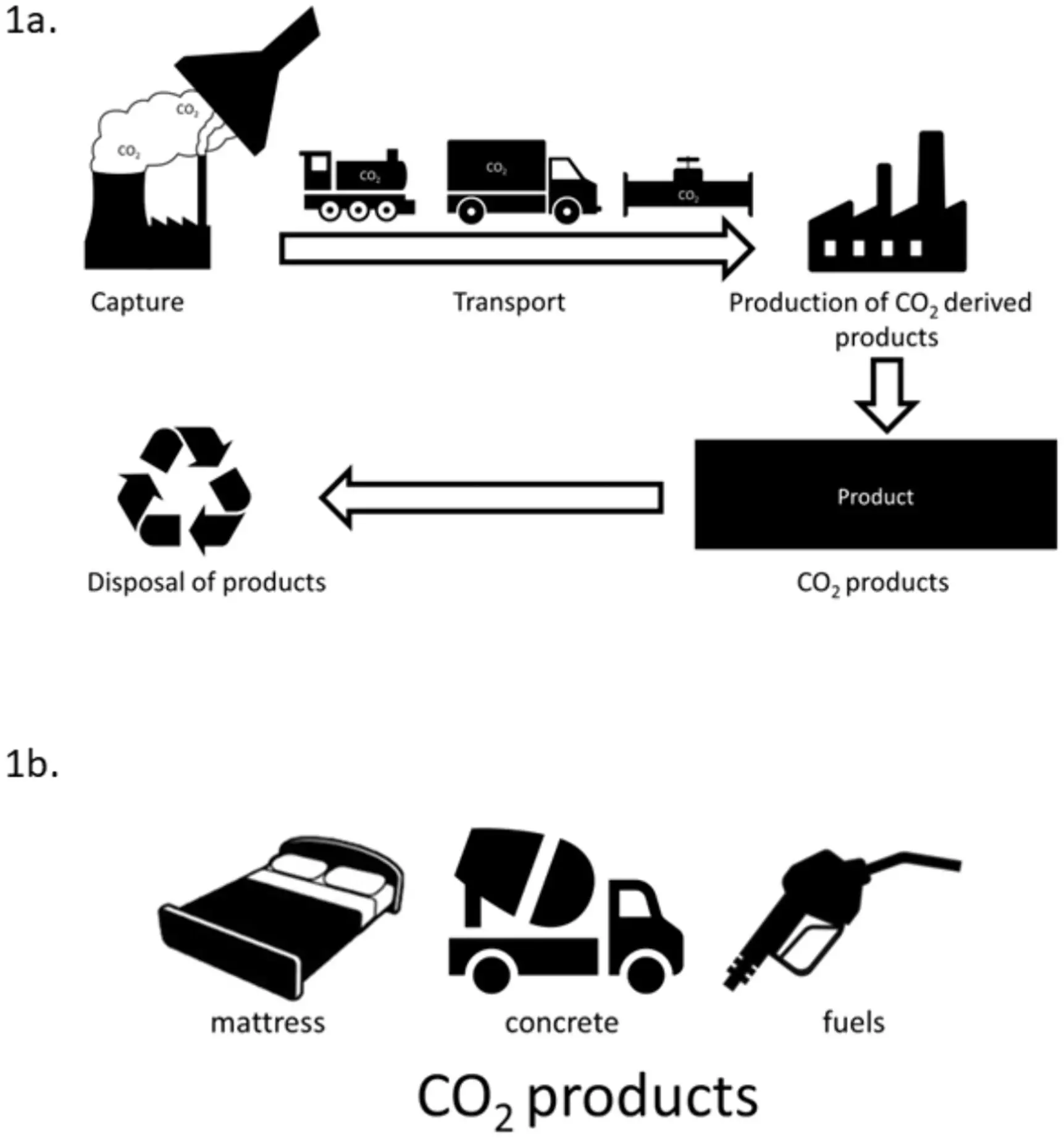The global challenge of climate change necessitates the exploration and implementation of various technical and policy measures. Among these, carbon capture and utilization (CCU) technology has emerged as a promising yet controversial approach to potentially reduce greenhouse gas emissions. The viability and success of CCU are profoundly influenced by public sentiment, as myriad studies, including one from researchers at the University of Michigan, underscore. Public acceptance ranges significantly based on differing perspectives regarding the technology’s intended applications and the demographics of the evaluators.
The study, spearheaded by Kaitlin Raimi from the Ford School of Public Policy, delves into American public perceptions of CCU as a mechanism for emissions reduction. By capturing carbon dioxide from the atmosphere and repurposing it for commercial applications—such as fuel production, concrete manufacturing, and plastics—the technology offers diverse potential benefits. While the findings reveal an overall positive disposition toward CCU, the perception is accompanied by an essential complexity.
Although a majority of Americans favor CCU in principle, support dwindles when considering the establishment of local facilities dedicated to the technology’s deployment. This hesitance could stem from concerns related to land use and the environmental consequences that accompany such developments. Notably, the study indicates a significant divide: many people view CCU primarily as an economic boon rather than a way to enhance health or combat climate change effectively.
The construction of infrastructure necessary for CCU often affects local environments, potentially resulting in detrimental land use changes. Concerns regarding carbon leakage and other ecological risks have historically worried communities—a sentiment reinforced by the study’s findings. It highlights a pronounced wariness, especially among racial and ethnic minorities who often bear the brunt of environmental degradation. Such groups exhibit heightened apprehension about local risks, a viewpoint molded by their experiences and heightened vulnerability to adverse environmental impacts.
The divergence in perceptions is stark; environmentalists tend to be more supportive of CCU, while individuals skeptical of technological interference with natural processes remain cautious. This underscores the necessity for targeted communication strategies that convey the potential benefits while transparently addressing community concerns.
The research further articulates variations in support between gender and racial demographics. It reveals a tendency for men to exhibit greater enthusiasm for CCU, coupled with a more optimistic view of its potential health and economic benefits compared to women. This disparity suggests a need for gender-sensitive approaches when fostering public support for emerging technologies.
Moreover, racial minorities’ heightened concerns about local environmental risks may reveal broader systemic issues tied to inequity and exposure to environmental hazards. The confluence of these factors advocates for an inclusive decision-making process that actively engages diverse stakeholders, ensuring their voices and experiences inform the conversation around CCU.
The overarching theme of the study is the intricate nature of garnering public approval for technologies poised to tackle climate change. It points to a multifaceted interaction of economic, political, and social dimensions affecting perceptions of CCU technology. Unlike many European nations, the U.S. lags in its emissions mitigation efforts and struggles with a polarized public sentiment regarding climate change.
Americans’ typically lukewarm concern for climate issues perpetuates a cycle of apathy, stifling momentum towards adopting transformative solutions. The study emphasizes raising public awareness regarding climate change mitigation strategies, particularly CCU, to inspire informed discussions that bridge gaps between experts and communities.
As policymakers and stakeholders navigate the complexities of climate change, they must prioritize inclusive dialogue to develop collective solutions. By engaging communities and understanding their perceptions and concerns about CCU technology, a more integrated approach to addressing climate change can be realized. The call for inclusive approaches is vital; only through understanding diverse perspectives can the deployment of CCU technology happen in a manner that resonates with the public and mitigates climate change effectively.


Leave a Reply